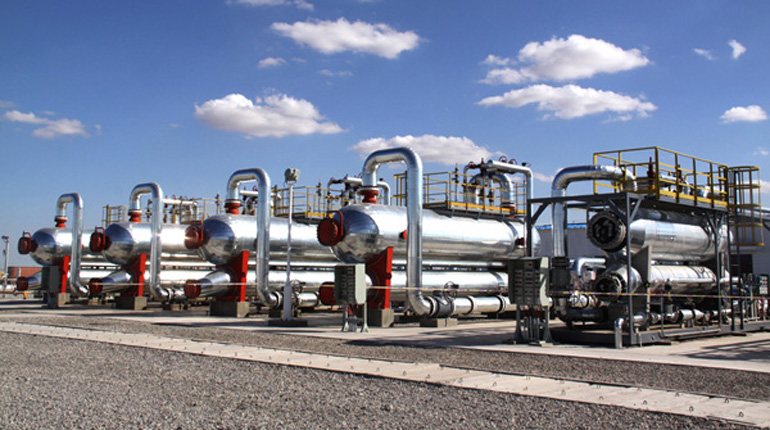Highlights
Economic overview
The outlook for Northeast Asia’s leading economies is mixed, with more limited growth in China expected in H2.
Figures for Q2 2016 show China’s GDP growth was 6.7% in Q2, flat when compared with Q1. However, growth could slow in the second half of the year. This would be in line with the OECD’s latest GDP forecast for China, which is for overall growth of 6.5% this year. A lack of expansion in manufacturing and a reduction in private investment, combined with weak growth in the financial sector, are contributing to the downward trend. Political tensions are high following the ruling by the Permanent Court of Arbitration at The Hague which has ruled in favour of the Philippines on the South China Sea dispute.
GDP forecast
| 2013 | 2014 | 2015 | 2016 | 2017 | |
| China | 7.7% | 7.3% | 6.9% | 6.5% | 6.2% |
| Australia | 2.0% | 2.6% | 2.5% | 2.6% | 2.9% |
| India* | 6.6% | 7.2% | 7.4% | 7.4% | 7.5% |
| Japan | 1.4% | 0.0% | 0.6% | 0.7% | 0.4% |
| Korea | 2.9% | 3.3% | 2.6% | 2.7% | 3.0% |
| Indonesia | 5.6% | 5.0% | 4.8% | 5.2% | 5.9% |
South Korea is expected to see improved economic growth this year and next, according to the latest forecast from the OECD. The country’s GDP is expected to expand by 2.7% this year and by 3% next year – up from 2.6% in 2015. South Korea’s exports fell on an annual basis in May for the 17th consecutive month. The government is planning on introducing a stimulus package to help secure growth, including efforts to boost domestic consumption. Even if the country’s economy picks up, however, South Korea’s gas sector is expected to contract this year, causing it to import less LNG on an annual basis.



